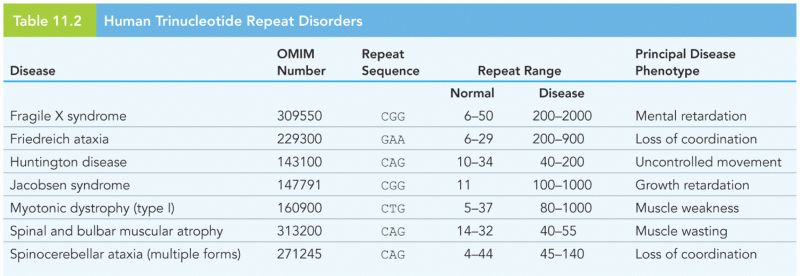|
|
|
There are more sensory neurons in the tongue than in any other part of the body.
For pediatric patients, intravenous fluids are the most commonly cited products involved in medication errors that are reported to the USP.
If you use artificial sweeteners, such as cyclamates, your eyes may be more sensitive to light. Other factors that will make your eyes more sensitive to light include use of antibiotics, oral contraceptives, hypertension medications, diuretics, and antidiabetic medications.
Human neurons are so small that they require a microscope in order to be seen. However, some neurons can be up to 3 feet long, such as those that extend from the spinal cord to the toes.
Oliver Wendell Holmes is credited with introducing the words "anesthesia" and "anesthetic" into the English language in 1846.
 The driver information display on a Chevrolet Impala with a 5.3 liter V-8 equipped with active fuel ...
The driver information display on a Chevrolet Impala with a 5.3 liter V-8 equipped with active fuel ...
 Hold baby’s hands and (A) cross arms over chest and then (B) open out to the sides. Repeat several ...
Hold baby’s hands and (A) cross arms over chest and then (B) open out to the sides. Repeat several ...





